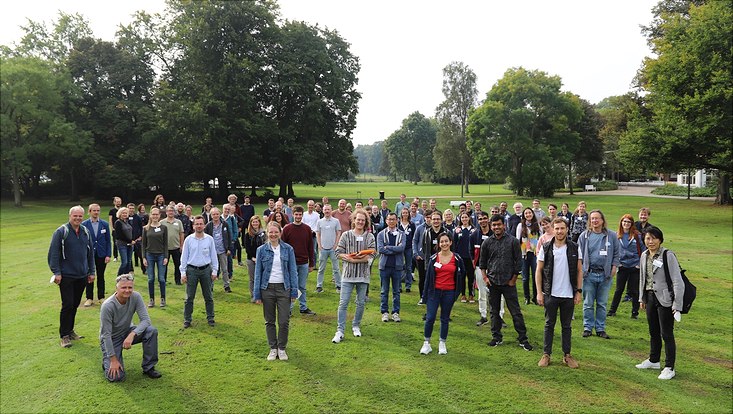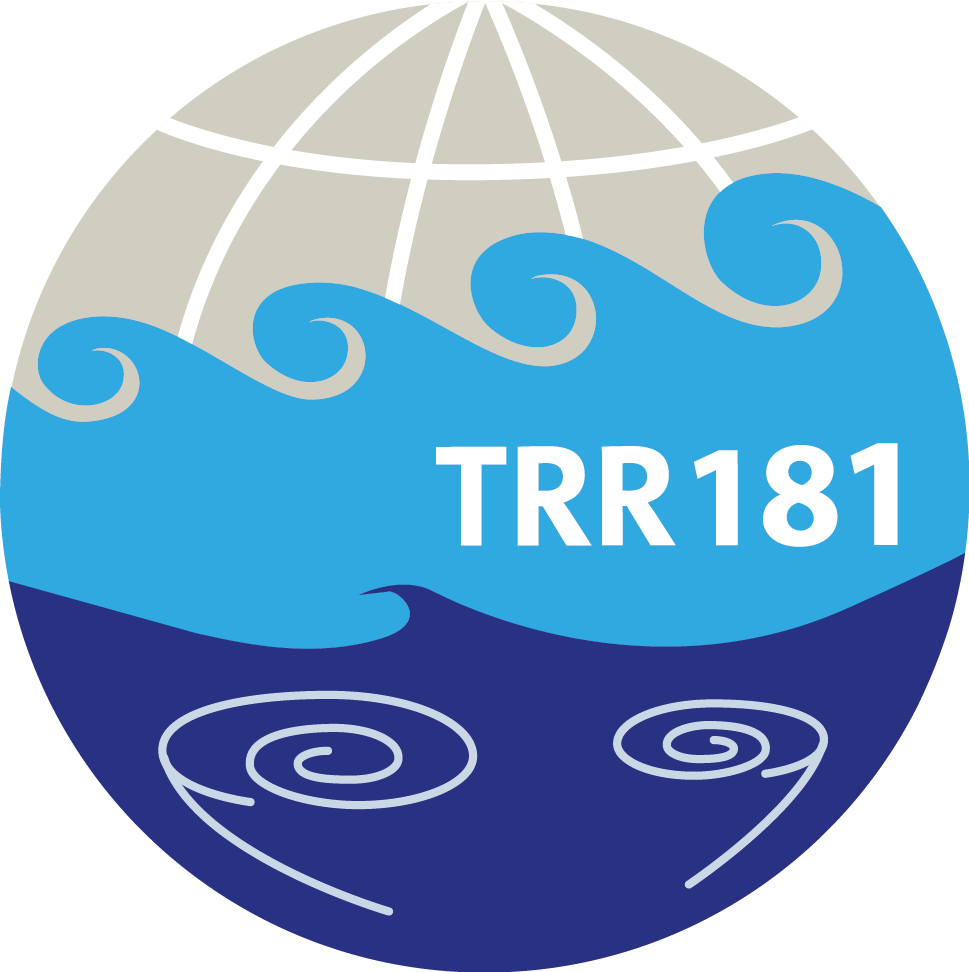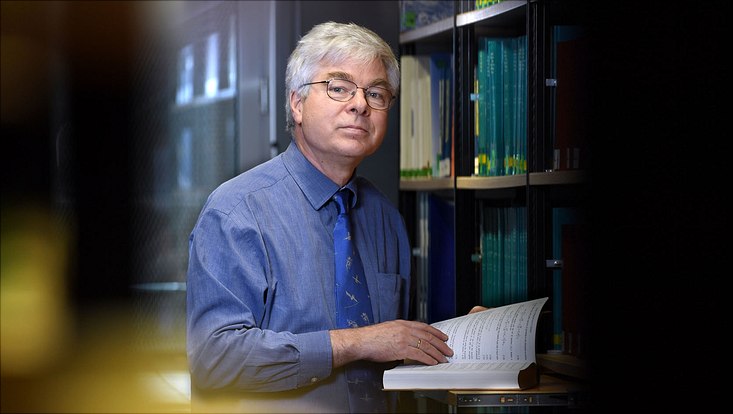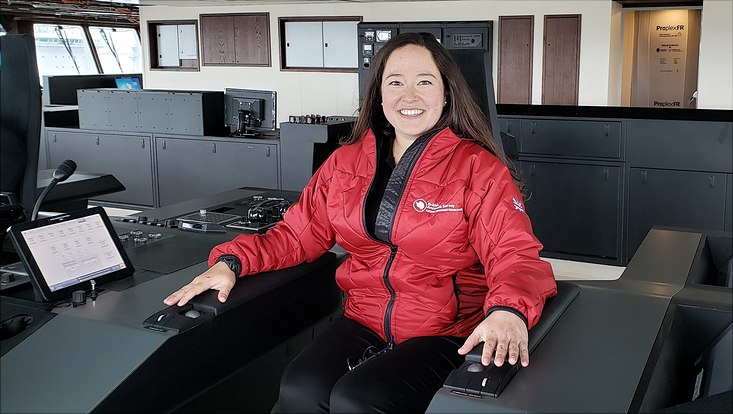Collaborative Research Centre “Energy Transfers in Atmosphere and Ocean” receives funding for the second phase
23 November 2021, by Jennifer Fandrich, Jan Colja Vorhoff, and Lea Diederichsen

Photo: Jan Colja Vorhoff
Energy does not vanish

The transregional research project “Energy Transfers in Atmosphere and Ocean” – short “TRR 181”– is one of the Collaborative Research Centres (CRC) funded by the German Research Foundation (DFG). The project is implemented in cooperation of four universities in Hamburg, Bremen, and Frankfurt and five research institutions in German cities Bremerhaven, Geesthacht, Rostock and Kühlungsborn. Like all CRCs the project is laid out for a period of twelve years and structured into three phases, each are subject of application for DFG-funding every four years. In November 2020 the DFG approved the funding for second-phase until June 2024. The second pase kicked off successfully in January 2021 – with a little delay by the global pandemic.
According to the motto “Energy does not vanish” the TRR 181 examines the energy budget of the Earth´s climate system, how it is converted into other forms, such as when kinetic energy is transferred into thermal energy or vice versa heat results in a force. However, this fundamental principle of natural science is often still a problem for climate research. For example, in case of the calculation of ocean currents, where small-scale vortices as well as mixing processes they induce need to be considered, without fully understanding where the energy for their creation originates from. This is similar in the atmosphere, the only difference being that air is moving instead of water. Again, local turbulences can drive larger movements or vice versa waves on a larger scale can disintegrate into small structures. How exactly the energy transfer between waves, eddies and local turbulences in the ocean and the atmosphere works, thus is the central research goal of the interdisciplinary project TRR 181.
Interdisciplinary collaboration
To reach the goal of developing energetically consistent mathematical models, more than 70 oceanographers, meteorologists and mathematicians jointly work together in the project. The results of this exciting process are constantly used to enhance climate analyzes and to make forecasts more accurate. This way, research findings and varying approaches to solutions from different research areas are spilling over into other fields on a constant basis. Especially the “synthesis”-subprojects are an integrational process of the results, where new parametrizations are applied on two of the most relevant German climate models.
New: Integrated Graduate School
But the TRR 181 is more than a project to improve climate models. For one thing, due to its interdisciplinary approach, the project brings together in a special way natural scientists from different areas. In this sense, there is the potential to bring new perspectives into climate research. Furthermore, the project also is a great chance for young climate scientists. That said, as part of the second phase of the TRR 181 in the beginning of 2021 the project has established its own graduate school, also called Research Training Group, named RTG ENERGY. As part of the umbrella graduate school MINGS at the MIN-faculty of Universität Hamburg, the RTG ENERGY provides a unique interdisciplinary training programme for PhDs, Postdocs, and Early-Career project leaders of the TRR 181. Therefore, the programme offers excellent opportunities for young scientists to extend their scientific skills at the beginning of their career as researchers. For more than 50 young scientists, the training includes fundamental courses for each of the TRR’s disciplines (mathematics, oceanography, and meteorology) as well as topical workshops with TRR project leaders and external lecturers and much more. The programme is managed and audited by the RTG Board and the RTG coordinator.
Even more interdisciplinary collaboration
Furthermore, there has been granted an own outreach subproject “Art & Science”, its called related to its purpose: ENERGY TRANSFERS. Artists from various disciplines such as music composition, theatre and virtual reality are working together with scientists from the research project, in order to make the very complex fundamental research comprehensible and more accessible for the public with a completely new approach. For example, there has been assembled a piece of music from scientific data. Or a theatre play dealing with Internal Waves, that already performed in Hamburg in late 2019. In the context of the “Art & Science”-project there also is a multimedia-blog that documents and describes its developments. The blog can be visited here: https://artscience.blogs.uni-hamburg.de/
Further information about the project can be found here:
Website: www.trr-energytransfers.de
Twitter: https://twitter.com/TRREnergy


